Stones & shells (New Zealand)
Where can I find information about New Zealand's precious stones and shells?
(Years 5-8)
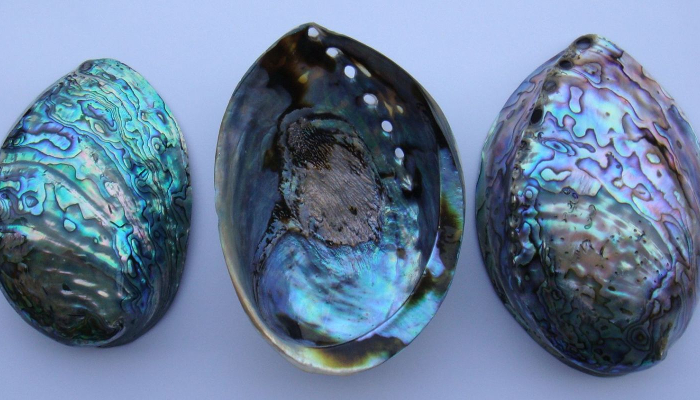
Image: Blackfoot Paua shells sold in New Zealand by Doka54 on Wikimedia Commons.
Entry last updated: 15/01/25
Introduction
Pāua shells and gemstones like pounamu are considered precious taonga (treasures) in Aotearoa New Zealand. Our long shorelines are covered with shells of all shapes, sizes and colours. And gemstones like quartz, garnets, obsidian and pounamu are examples of some of the precious stones found here. The websites below will help you find out more about shells and gemstones found in Aotearoa.
Seashells of Aotearoa New Zealand
Here is a list of some common shells found in New Zealand. Use them as search words in the websites below to find more information about them.
Chitons : shellfish found on coastal rocks. They can be recognised by the overlapping shell plates on its back.
Conch shells: spiral shells made by medium to large sea snails. Māori used conch shells as pūtātara, a trumpet used for signalling.
Limpets: are conically shaped shellfish found on rocks along the seashore. They feed on seaweed that covers rock surfaces.
Pāua: the Māori name given to a New Zealand species of large snails that has a colourful shell. Found along the shallow waters of the coast, pāua shells are used in jewellery and decorative crafts.
Periwinkles: small blue and white or brown conical shells made by tiny snails. They are found along rocky shores.
Te Ara: The Encyclopedia of New Zealand
Te Ara is an excellent starting point for all questions about Aotearoa New Zealand. If we look down to the bottom of the page, we can see that the website belongs to the Ministry for Culture & Heritage, so the information is well-researched and reliable.
Enter the search word 'shells' into the search box.
Select the link on Shellfish to read about mussels, cat's eyes and tusk shells, activities like shell collecting, and the traditional use of shells by Māori.
Enter 'conch' as a keyword to read about the pūtātara created from the conch shell.
Or, use the word 'paua' to find stories about the uses of pāua and the aquacultural industry.
Tips: Search words, or keywords, are the most important words in our question. You can leave out small words like ‘the’ and ‘of’ and just choose the main ones, eg shells. We can always change our keywords or add more if we need to.
New Zealand's national museum located in Wellington has an online collection of information and images on a variety of topics.
Enter the keyword 'shells', then go to the Filter results menu found on the left of the page and select Topic.
Take a look at Tusk shells, Freshwater mussels, and Lampshells, as examples of shells.
Or look at Pāua in craftwork, souvenirs, and other decorative items and 'ei for how shells are used in Aotearoa.
Ministry for Primary Industries (MPI)
Some of the roles of MPI are to make sure food produced in New Zealand is safe, increase sustainable use of resources, and protect the country from biological risk.
Go down the page to Fish and aquaculture.
Then select Find information on popular fish in NZ to find Paua status information.
This page tells us about pāua, where it is found, and the rules for fishing pāua.
Tips: We like sites like this because they’re reliable. You can tell because of their web address – they have either .govt or .ac, meaning they are from government or educational organisations. They’re also New Zealand sites, so relevant for us.
YouTube is a social media platform that allows people to share their videos.
Search for 'Tangaroa's gift'.
You will find a video called Tangaroa's Gift with Mrs Cran.
It is the legend about Tangaroa (Māori god of the sea) and how the pāua got its beautiful colourful shell.
Tips: Websites that have .com or .co in the address can have good information, but you need to assess how reliable it is. Check the About us link on the website, if you can find one. That can tell you what the company’s mission and values are.
Precious stones of Aotearoa New Zealand
Below is a list of some gemstones found in Aotearoa. The websites included will help you find out more about them and where they are found. Some like the pounamu, have spiritual significance for Māori.
Garnets: appear pink or red and can be mistaken for a ruby. It is found in the rocks on the West Coast.
Obsidian: a dense, black volcanic rock or igneous rock that forms from lava that has erupted from a volcano. It was used by Māori to make tools for cutting. Mayor Island has large deposits of this stone.
Quartz: may be coloured, colourless, cloudy, be seen or not seen through (transparent or opaque). Amethyst, a purple variety of quartz is found mainly in the volcanic rocks of Canterbury and Coromandel.
Pounamu: the traditional Māori name for this gemstone also known as greenstone and New Zealand jade. It is only found in the South Island or Te Wai Pounamu.
Te Ara: The Encyclopedia of New Zealand
Te Ara is an excellent starting point for all questions about Aotearoa New Zaland. If we look down to the bottom of the page we can see that the website belongs to the Ministry for Culture & Heritage, so the information is well-researched and reliable.
Enter 'gemstones' into the search bar to read Gemstones. This story covers where different precious stones are found and how they are used.
A search for 'pounamu' will help you find the story Pounamu — jade or greenstone.
Look through the pages of this story to find out about the legend of pounamu, its use, symbolism and cultural significance to Ngāi Tahu iwi.
Te Papa Tongarewa is New Zealand’s national museum located in Wellington. The collections cover Arts, History, Taonga Māori, Pacific Cultures, and Natural History.
Use ‘pounamu’ in the search box.
Use the filter under Type to choose Topic.
This brings up lots of articles about pounamu and how it has been used.
Choose The origins of pounamu to read the story of Poutini.
DigitalNZ is a search site that focuses on New Zealand history and brings together results from New Zealand libraries, museums, universities and government sites all at once.
Use the search words 'pounamu', 'amethyst' or any of the ones listed above in the search box.
You will notice the results are grouped by the type of information, like images, videos, audio, and articles.
Tips: Websites that have .org or .net in the address can have good information, but you need to assess how reliable it is. Check the About us link on the website, if you can find one. That can tell you what the organisation’s mission and values are.
This is the YouTube channel for the He Tohu exhibit from the National Library. It has a video that includes the trade routes for pounamu and obsidian.
Select Videos.
Look for He Whenua Rangatira. A Māori land.
This video shows a map of New Zealand. It shows Māori arriving in New Zealand and where iwi migrated before the trade routes.
Books
You will find books about precious stones and shells in New Zealand in your school or public library. Here are a few titles to help with your search:
Which seashell?: a simple guide to the identification of New Zealand seashells by Andrew Crowe.
Tangaroa's gift = Te koha a Tangaroa by Mere Whaanga-Schollum.
How and where to find gemstones in Australia and New Zealand by Bill Myatt.
Pounamu, pounamu by Witi Ihimaera.
SCIS no: 5474964
Topics covered
Related content
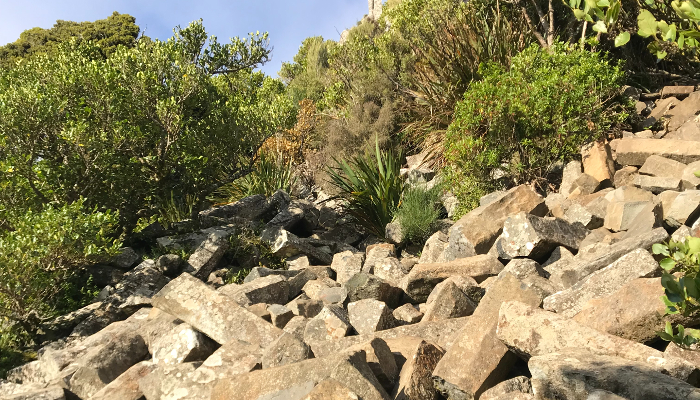
Rocks & minerals
Where can I find information about rocks and minerals?
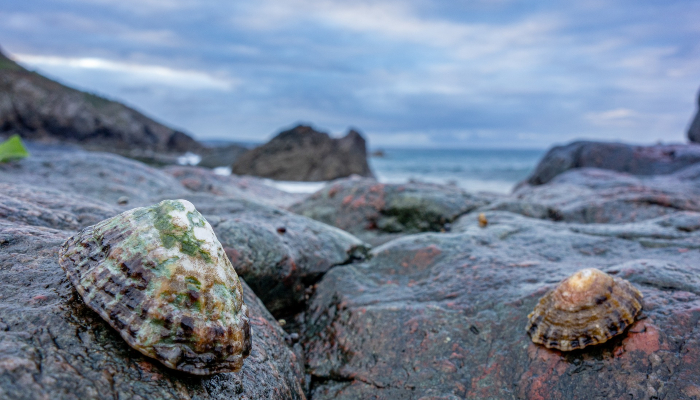
Rocky shore (New Zealand)
Where can I find information about the rocky shore?

Rocky shore
Discover resources related to New Zealand's rocky shore.
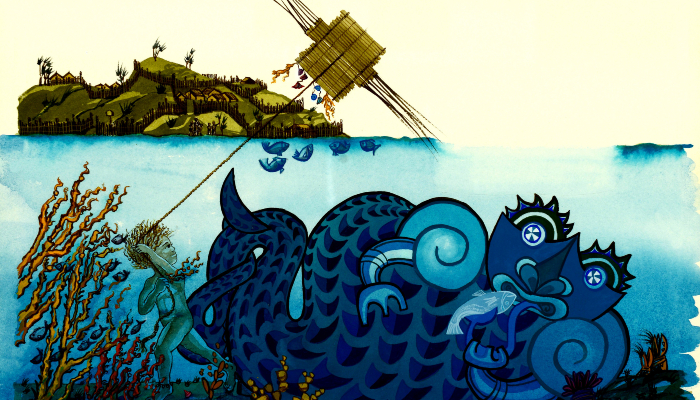
Pūrākau (Māori origin stories)
Where can I find information about Pūrākau (Māori origin stories)?
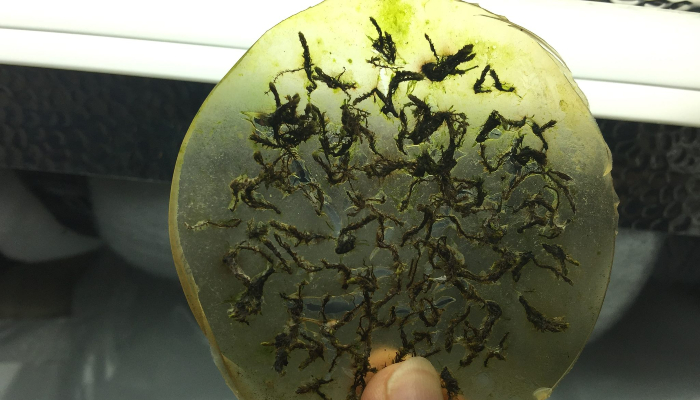
Biology (junior)
Where can I find facts and information about biology?

Chemistry (junior)
Where can I find information about chemistry?

Oil and gas (fossil fuels)
Where can I find information about oil and gas (fossil fuels)?

Stars
Where can I find information about stars in space?
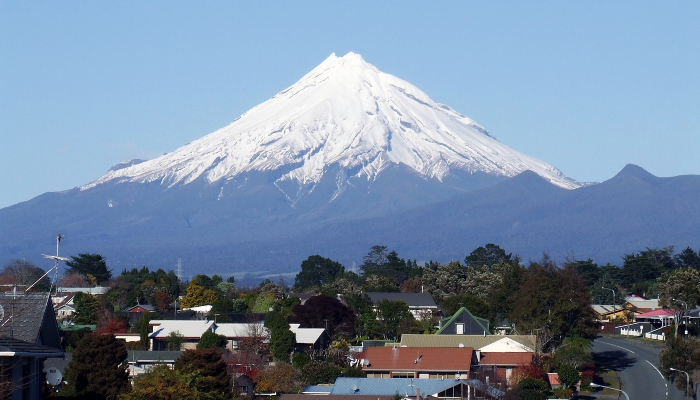
Volcanoes (NZ)
Where can I find information about volcanoes in New Zealand?
